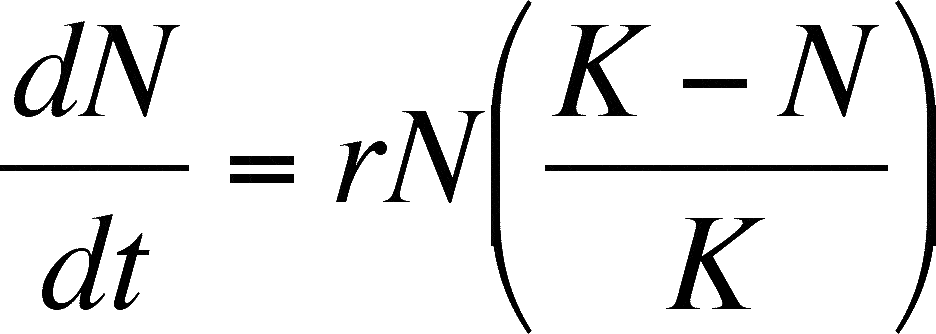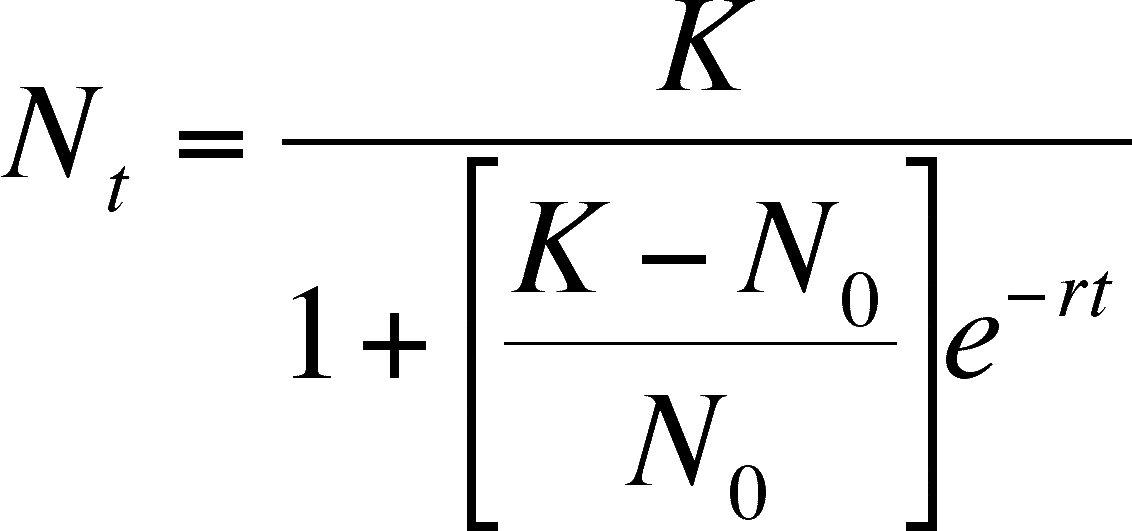Introduction:
The population of most of the
species follow an exponential growth in an open and infinitely expandable
environment. However, in practice this assumption won't hold good. If we
consider an isolated environment with limited resource that would better represent
the typical environmental condition in nature. Till the point these resources
are in excess to the total consumption of the specie population there would be
an exponential growth as if the system had infinite resources but when the
total consumption of resources by the specie population reaches near the total
resources available there is a competition for survival which begins within the
ecosystem.
A typical ecosystem will contain
multiple species competing for the resources and therefore this exponential
growth is curtailed by the food availability, competition for mating, disease,
predation and other such factors. More the competition for the resources,
lesser the growth and eventually it slows down to zero as population reaches
its carrying capacity (K) for that particular environment. The result of such a
growth is an 'S' shaped population growth curve. This phenomenon is known as
Logistic Growth and the curve representing this is known as Logistic Curve.
Below is the differential equation representing logistic curve-


The same model can be used to
explain the effect of advertisement and word of mouth influence in technology
diffusion, spread of disease or saturation of market sales.
Interesting insights:
The solution to the differential
equation representing logistic growth is very similar to Sigmoid function used
extensively in mathematics and machine learning. In neural networks sigmoid
function is used to emulate the neural signal activation inside the brain. The
neurons use both mechanical and ionic mechanism on their dendrites (input) to
produce electric signals which are propagated on axons (output). These electric
activations are similar to sigmoid function applied on the resultant of
dendrite signals. This gives a small inkling that our neurons might also follow
logistic growth model in signal propagation.


No comments:
Post a Comment